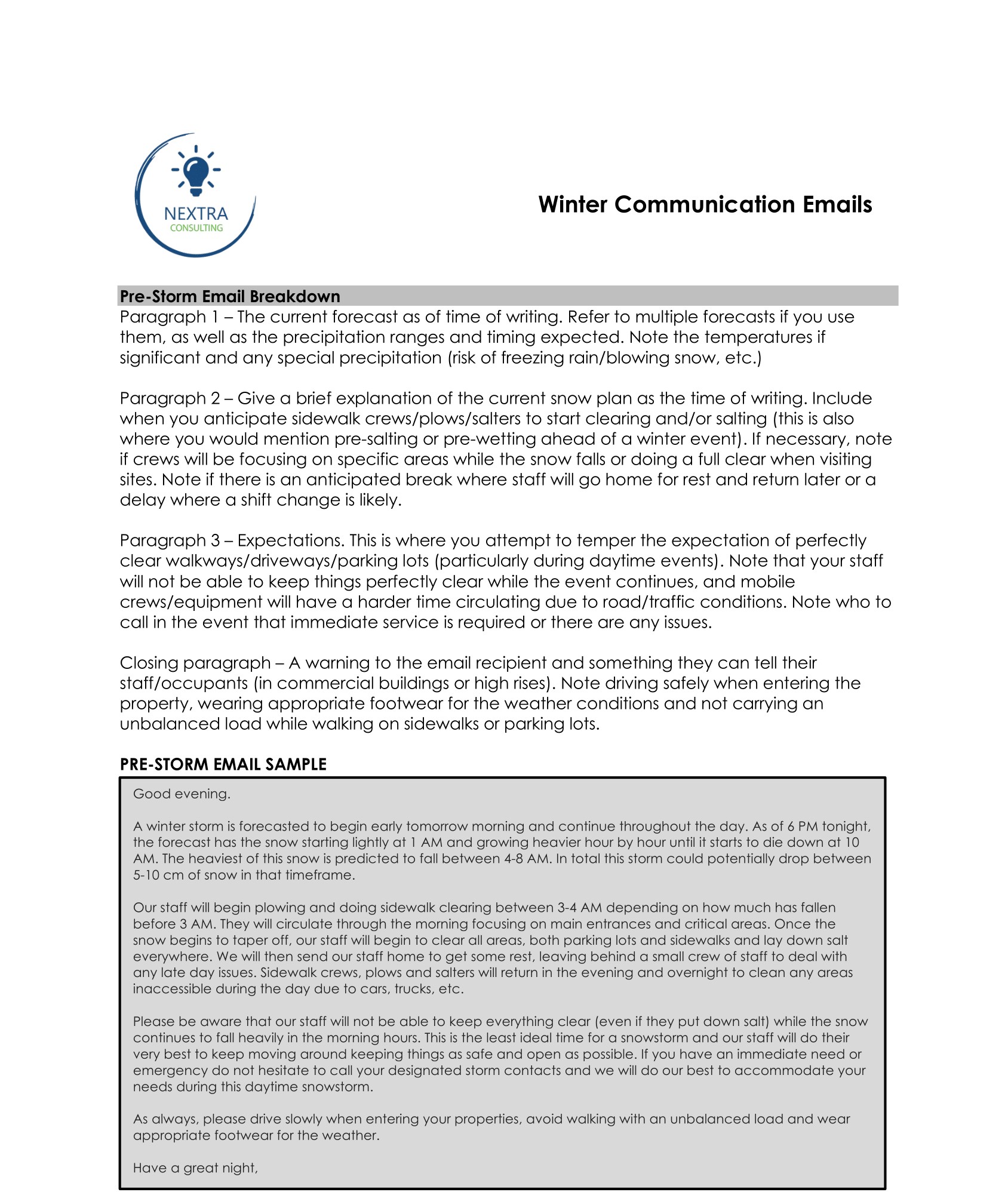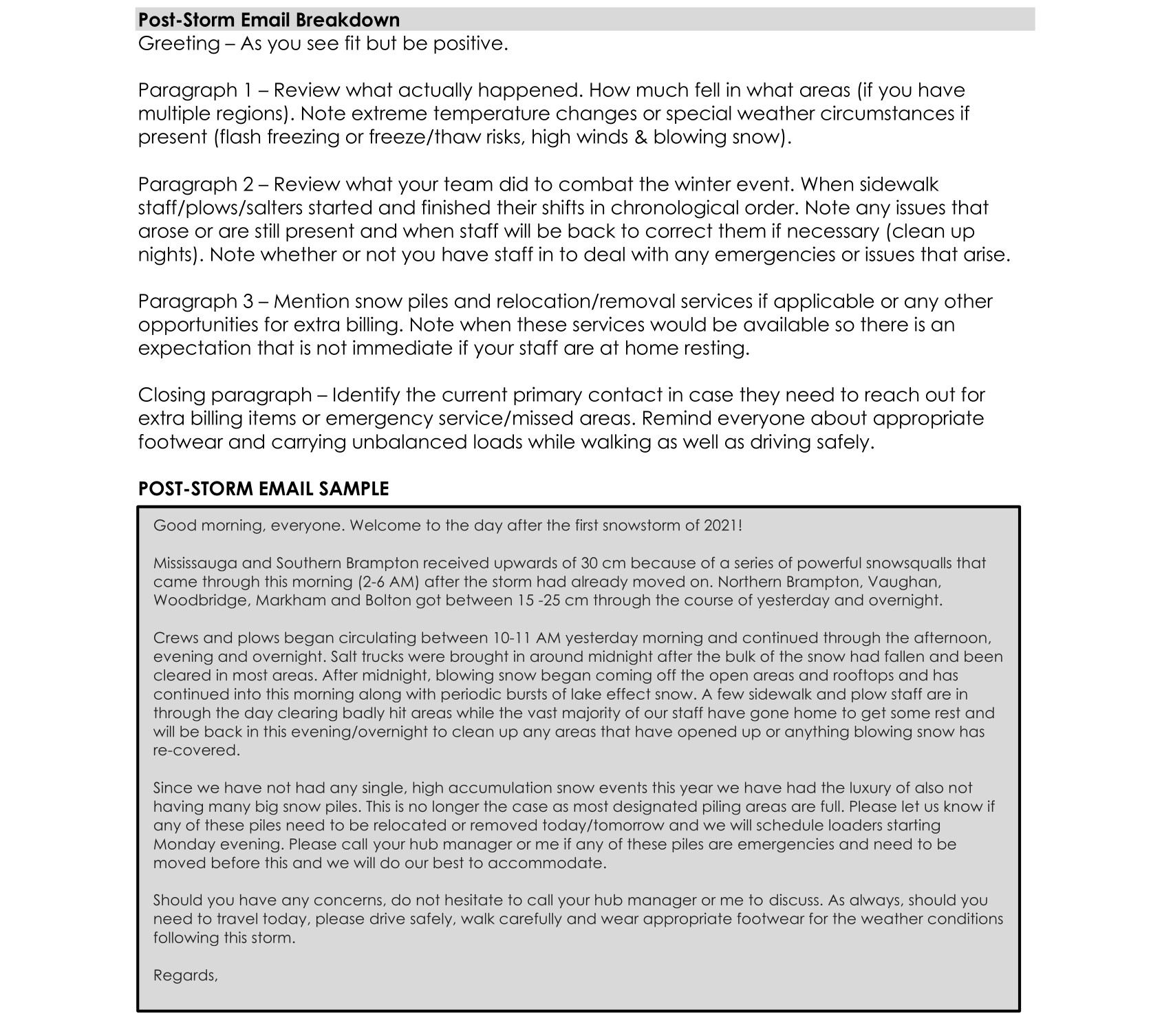Mitigating Subcontractor Risk

The original article, written by Randy Dombrowski, was posted on Green Industry Pros on January 13, 2025 and can be found HERE.
From site prep to specialized installations, the people you hire can either drive your project forward or increase risk. Here's how general contractors can help mitigate risk.
Every subcontractor you hire can enhance or derail your work. A focus on subcontractor risk management can be the difference between a profitable, well-executed project and one that suffers costly delays—or worse, injuries or fatalities.
A strong subcontractor risk management strategy is built on three key pillars: a thorough risk assessment, clear control measures and adequate insurance coverage. These components protect your workforce, property and equipment and ensure your project stays within budget and on schedule.
Key steps to assessing subcontractor risk
Before signing a contract, evaluate how your subcontractor will impact your project’s safety and bottom line. A thorough v...
Building Strategic Plans

A strategic plan defines who you are as a business and lists concrete actions to achieve your goals, so creating one takes time and thought. Let’s discuss the W’s of strategic planning:
Who should be involved?
Clearly the owner should be involved. And depending on the type of plan you’re creating, you might also want to include division leaders, administration, sales staff, operations management and a facilitator.
What should be discussed or decided?
The strategic plan meeting should identify or review the company vision, mission and core values, a SWOT (Strengths, Weaknesses, Opportunities, Threats) analysis, company goals and objectives as well as an action plan.
When should you prepare a strategic plan?
A strategic plan should be created annually, reviewed quarterly and discussed weekly.
Where should the meeting take place?
It has been our experience that the most productive meetings take place outside of the office. We recommend booking an offsite location for a day where y...
Book of the Month: Free to Focus

"The most productive business leaders I coach recognize productivity is not about getting more things done; it's about getting the right things done. It's about starting each day with clarity and ending with a sense of satisfaction, accomplishment, and energy to spare. It's about achieving more by doing less, and this book shows you how." (Michael Hyatt, Free to Focus)
This book is a productivity game-changer. Michael Hyatt guides you through the process and provides tools to identify the work that is the most productive and most satisfying. The work that allows you to achieve more by doing less. He says that , "the important question is not, Can I do this job faster, easier, and cheaper? It's, Should I be doing this job at all?"
"If you want to master your schedule, increase your efficiency and output, and create more margin in your life for the things you care about, you've got to learn how to focus. I'm talking about the ability to zero in and do the deep work that creates a signi...
Scheduling & Routing Quick Tricks

You can find the original article by Lauren Spiers HERE.
Properly scheduling and routing crews can often be a complicated, mind-bending exercise.
Ensuring that every crewmember receives his or her required hours per week, creating efficient routes for crews to follow, contending with weather issues or crewmembers who need to take a sick day – it all spells R-O-L-A-I-D-S for operations managers and company presidents trying to make everything fit together.
Creating efficient and effective routes and schedules really is like putting a puzzle together, and finding those helpful edge and corner pieces first can make the process easier. Here are a few tips contractors offered to help ensure the rest of the pieces all fit nicely.
- Work one step at a time. “The more [crews] you have, the more difficult it is to route and schedule, but if you just break everything up into little pieces and try not to schedule everybody at once, it’s much easier,” assured John Luznicky, general manage ...
Winter Storm Communication to Clients

With winter on the way, it's important to put a client communication process in place for before, during and after a storm. There is really no such thing as communicating too much with clients. With that in mind, we've created the following as a template you can use for your clients. 


Intro to 5S Methodology

If you are looking for a way to make an immediate impact on your organization with little expense, try implementing the 5S Methodology.
The 5S Methodology originated in Japan and is a systematic approach to workplace organization, broken down into 5 steps:
Sort - go through each work area and eliminate all unnecessary tools and materials (especially in the shop and yard areas).
Set in order - arrange all tools and inventory in such a way that the most frequently used items are the easiest and quickest to locate.
Shine - clean and maintain the cleanliness of all the workspaces and equipment.
Standardize - all equipment, tools and workstations should be identical.
Sustain - maintain and review standards regularly to maintain focus on the new way of doing things.
Have you heard of this before? I love it because I’m big on systems that simplify what we are doing as business owners.
For more information on the 5S Methodology and a breakdown of each of the steps, click HERE.
If ...
Effective Communication with Donald Miller and Andy Stanley
If you have been following us for a while, you know I listen to Andy Stanley’s podcast. If you don’t already follow his podcasts, I highly recommend them.
Last year Andy interviewed Donald Miller and they chatted about effective communication and the role it plays with your team. “People will not move into confusion, but they will follow clarity.” How timely is that quote based on what’s happening right now?
My takeaways from this episode are the five questions to ask yourself when you’re planning your weekly meeting:
- What do your teams need to know? Pick one point and build your meeting around that central idea.
- Why do they need to know it? Answering why keeps them listening. Let them know what’s at stake.
- What do they need to do? Be specific.
- Why do they need to do it? Help them understand why they should do what you have suggested and what is at stake if they don’t follow through.
- How can you help them remember?
You can listen to the podcast HERE.
Do you already ...
6 Tips for addressing Mental Health with your staff
Although mental health is not a new issue, the impact and responsibility we have as business owners is relatively new and how we approach it is not always clear cut. More information and training is becoming available to us, but a lot of it is from larger companies with greater resources, which can be tough if you’re a small business. With that being said, I understand that one of your biggest challenges is the unknown and we wanted to share 6 simple suggestions:
- Check in often with your staff and actively listen to them.
- Ensure your staff know that their job is not at risk because they share their mental health concerns.
- Talk about mental health with your staff regularly
- Talk about the importance of enough sleep consistently
- Create a work/life balance - don’t contact staff after hours whenever possible
- Consider switching to 4 day work weeks.
I believe open dialogue around mental health and a willingness to understand where your staff are at will make a world of a differenc...
Team Meetings - yes they're necessary
Have a weekly team meeting. This one piece of advice I give leadership teams every time I speak with them is also the one thing I seem to get the most push back on. Now, often this is because the meetings they are having are unstructured and therefore unproductive so the idea of doing more of them seems like a waste of time.
Having and sticking to an agenda will add structure to your management team meeting. It’s the difference between sitting around talking about the business and having a purposeful conversation where you leave with actionable steps.
Here are some helpful hints and tips for a successful weekly team meeting:
- Have a set agenda (topics for the agenda)
- Good news
- Company scorecards (tracking system)
- Employee and customer headlines
- IDS (identify, discuss solve) issues
- Cascading message (what do we need to communicate to the staff)
- Have a leader for the meeting
- Assign specific tasks to each person prior to ending the meeting.
- Have it at the same time each week...

